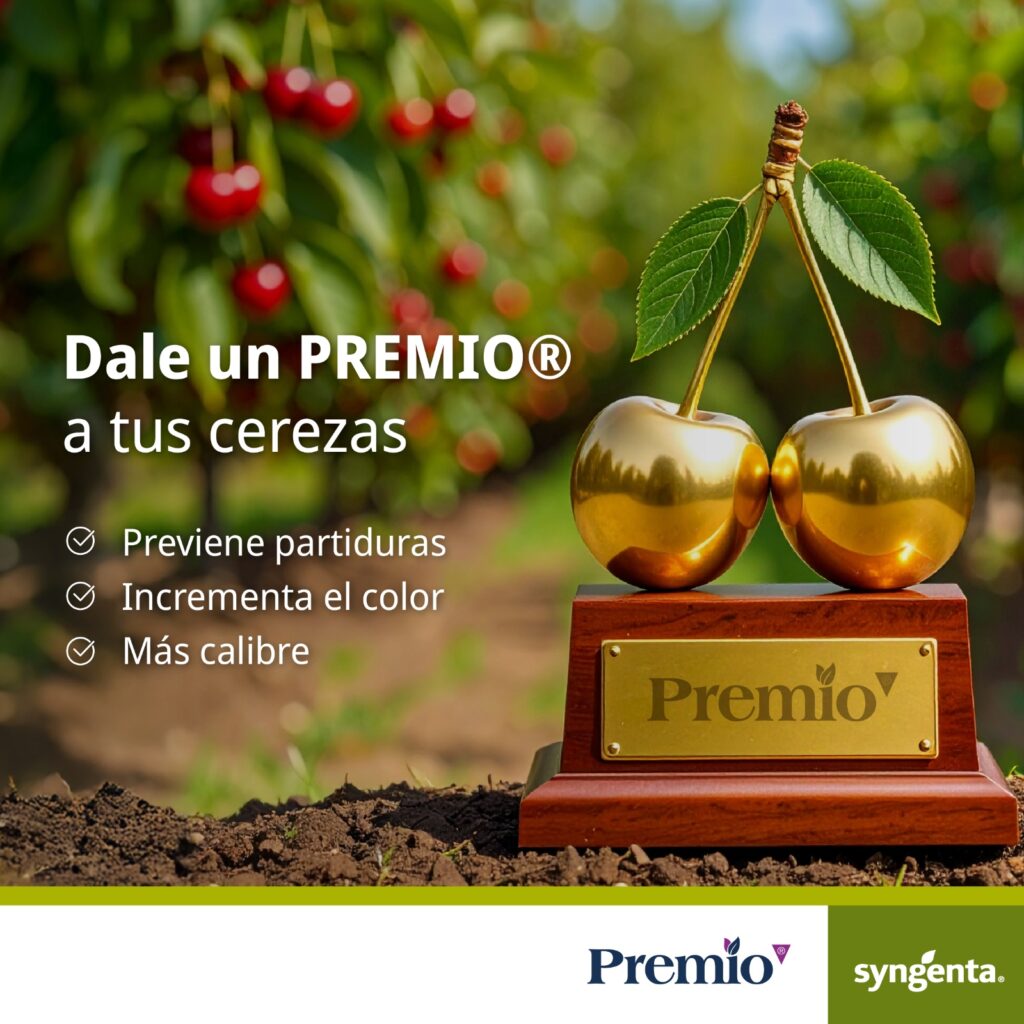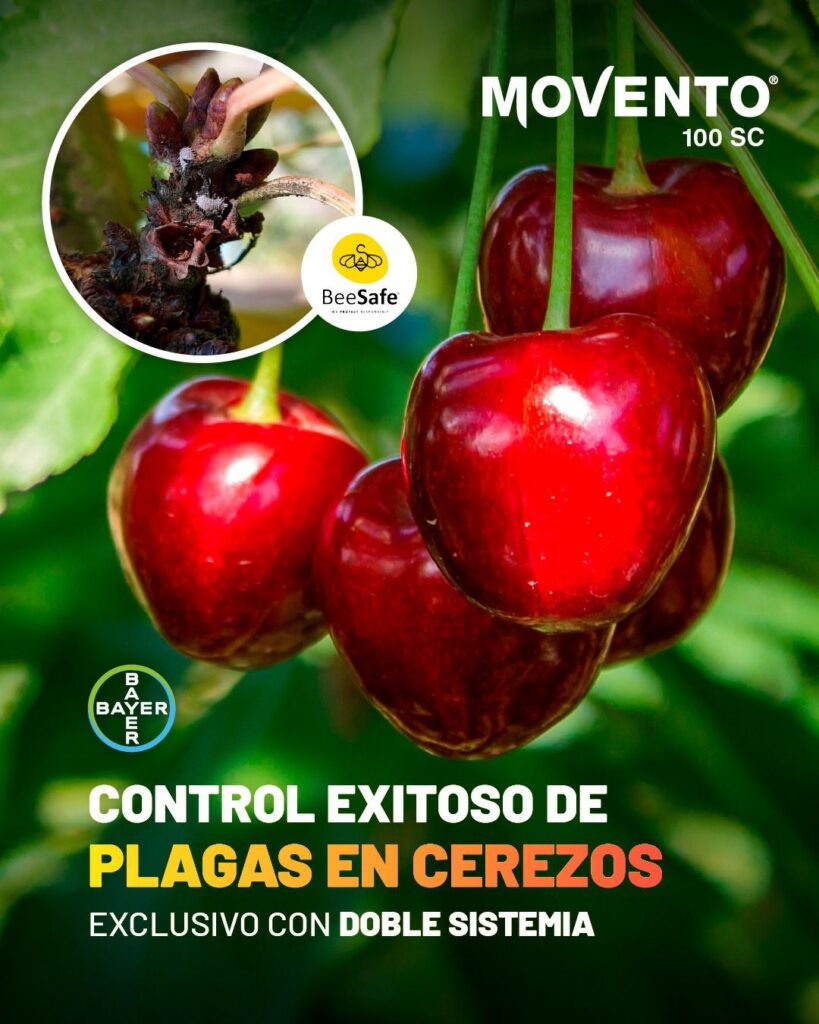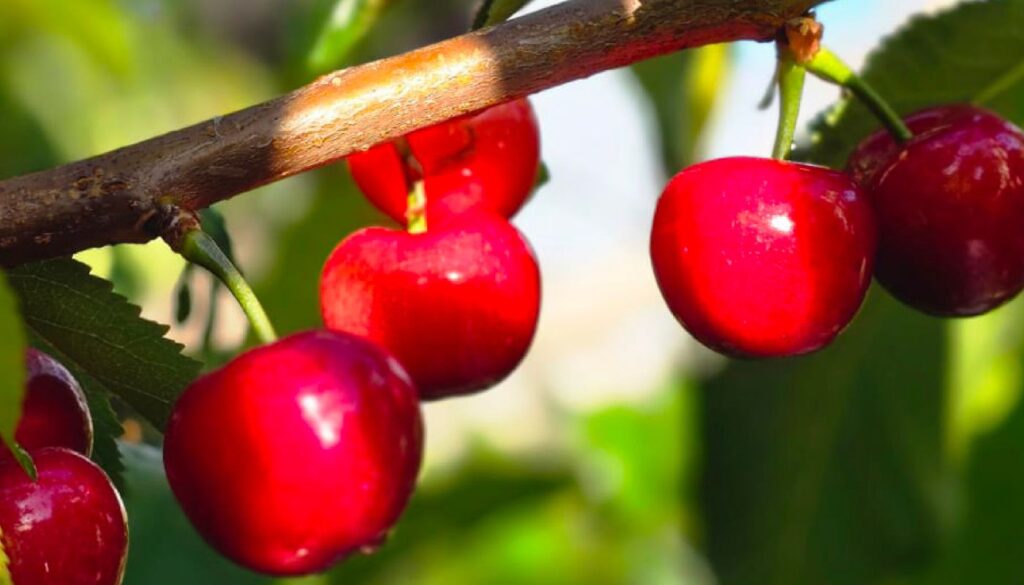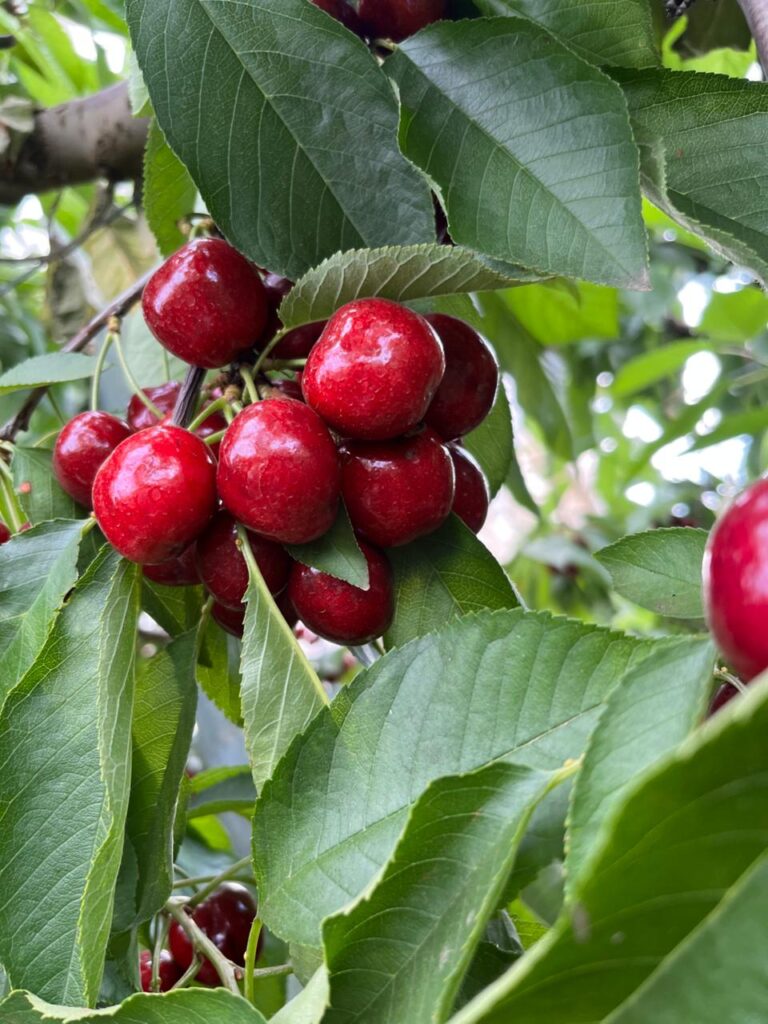AGRO-CLIMATOLOGICAL REPORT 14 DECEMBER 2023
The Agroclimatological Report has two objectives:
1.- Analyze the current development of the El Niño 2023-2024 event.
2.- Thermo-pluviometric risks in Curicó, December 2023.
Projection and development of the El Niño event 2023-2024.
Statistical and dynamical model forecasts for December indicate that El Niño will continue to strengthen in December 2023, January and February 2024 (100% probability). Its end is estimated in autumn 2024.
Based on the most recent forecasts, there is a 54% probability of a "historically strong" El Niño (2.0°C above average sea temperature in the ocean area that has the greatest influence on temperatures and rainfall in central Chile) during the November-January season. An event of this intensity could potentially be among the 5 highest since 1950. Currently, thermal values are between 28° and 29°C in the Pacific Ocean. Normally, they are between 24° and 25° C. The repercussions in terms of probable changes in temperatures and rainfall in the province of Curicó would be the following.
Rainfall and extreme temperatures during December:
In the case of the province of Curicó, the probability of rain during December is 40%. The last damaging rainfall that occurred in December was in 2012 with 94.8 millimeters; that year there was no El Niño event or La Niña. In the last 9 years, there has been no rainfall in December. Therefore, this risk is low during that month.
As regards temperatures, in the week of the 14th to the 20th the minimum temperatures will be between 8 and 11° C. The maximum temperatures will range between 24 and 32° C. However, a heat wave is expected between the 21st and 27th of December, with average minimum temperatures of 13° C and maximum extremes equal to or greater than 34° C. It is recommended to take all precautions regarding water stress. Currently, between 60 and 70 cubic meters per hectare evaporate daily.
Physiological effects on cherries:
Starting on December 21, high temperatures associated with warm events (two days over 33° C) or heat waves (more than three days over 33° C) will become more frequent in Curicó. It is not ruled out that extreme maximum temperatures of 36° C may be recorded before the end of the month. These conditions of extreme heat, high rates of evapotranspiration and heat waves promote water stress.
It is recommended to maintain irrigation care. In addition, for those who would be harvesting or are going to start, it is recommended to do it in the morning as much as possible to avoid heat strokes in those who do it. Solar radiation is another critical element in the cherry harvesting process. Prolonged exposure to extreme conditions can collapse the plant's defensive systems, which can result in damage to the fruit. It is essential to protect the crop from sun damage, which includes maintaining adequate water status and taking care of the health of the orchard.










